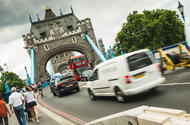London’s ULEZ is here, and more cities will follow. If you drive in London, you need to know whether your car is affected
London’s Ultra Low Emission Zone (ULEZ) came into force last year, affecting hundreds of thousands of vehicles driving through the capital – and other cities, including Birmingham, Manchester and Oxford, are set to follow.
The new scheme, which was introduced by London mayor Sadiq Khan as a way to improve air quality for millions of Londoners, will charge older, more polluting vehicles to enter the city centre. It replaces the T-Charge, which began in 2017.
If you regularly drive through London or are simply planning a visit, this guide will tell you everything you need to know about the ULEZ and whether your car is affected.
How does the ULEZ work?
Initially, the ULEZ comprises the area already covered by the Congestion Charge. The boundary will then be expanded in October 2021 to include the entire area inside the North Circular and South Circular roads.
Road signs at every entry point along the boundary will indicate the start of the ULEZ, and they will sit alongside or below existing Congestion Charge signs. You can see a map of the zone below or use the Transport for London (TfL) postcode checker to see if your destination falls inside the ULEZ.
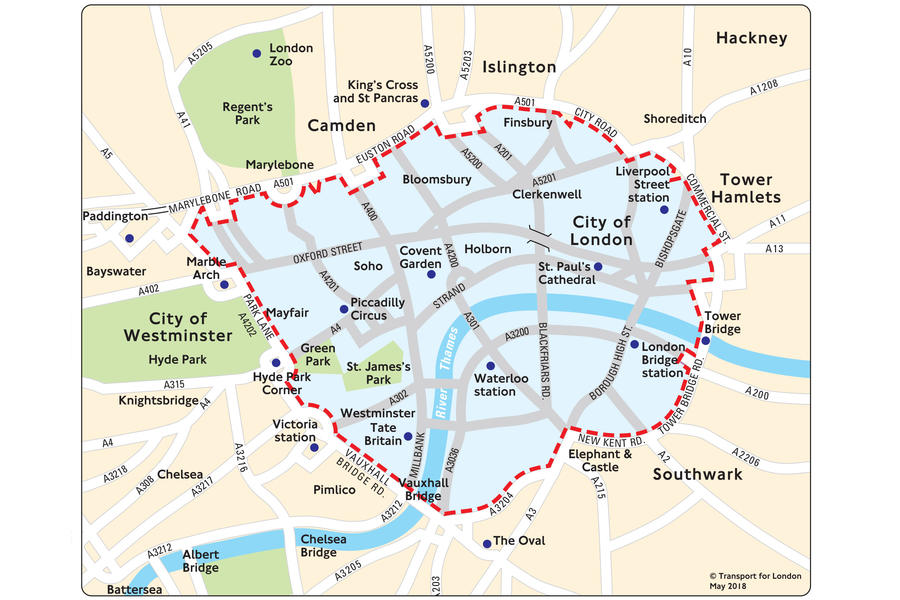
The zone is policed by numberplate recognition cameras that detect vehicles as they enter and exit the zone. Each car is checked against a database to see whether it’s emissions standards-compliant and therefore required to pay a fee.
The ULEZ operates from midnight to midnight, 365 days a year. If you drive in the ULEZ area across two days (ie before midnight and after midnight) you will need to pay twice.
Which vehicles will be affected?
Cars, vans, buses, coaches, lorries and motorbikes are all included in the new rules, but the charge will only apply to models that don’t meet certain emissions standards.
Petrol vehicles must meet Euro 4 standards, which became mandatory for all cars registered after January 2006. Diesel models must comply with Euro 6, which became mandatory for all cars registered after September 2015. This means all Euro 0-5 diesels and Euro 0-3 petrols will need to pay the charge.
Petrol cars newer than 2006 and diesel cars newer than 2015 meet the ULEZ requirements and therefore must pay only the Congestion Charge. However, owners of older cars should still use the TFL ULEZ vehicle checker to confirm if their car is affected or not – some older models were made compliant before it became mandatory, and are not required to pay the charge.
Electric cars and Euro 6-compliant hybrids officially capable of at least 20 miles of zero-emissions driving qualify for the Ultra Low Emission Discount (ULED), which also includes a 100% reduction on the Congestion Charge.
Owners of historic vehicles, as defined by the Government as being 40 years or older, are exempt from the ULEZ charge, although they will still need to pay the Congestion Charge.
London residents who are registered for a Congestion Charge discount will be exempt from the ULEZ charge until October 2021, which TfL says will provide enough time for them to change their vehicles for those that are compliant with the latest emissions standards.
Other cars, including those in the disabled passenger vehicle class, also recieve discounts or exemptions. You can read the full list on the TfL website.
How much will it cost to enter the ULEZ?
Cars, motorcycles and vans weighing up to 3.5 tonnes will be charged £12.50 per day, while heavier vehicles, including lorries over 3.5 tonnes and buses or coaches over 5 tonnes, will be charged £100.
This charge is in addition to the existing Congestion Charge, which rose from £11.50 to £15 on 22 June. That means a London commuter with an affected car could be facing an average annual bill of around £5760 for weekday driving just in congestion and ULEZ fees.
If you fail to pay the ULEZ charge by the following evening, a penalty notice will be sent to the owner of the vehicle.
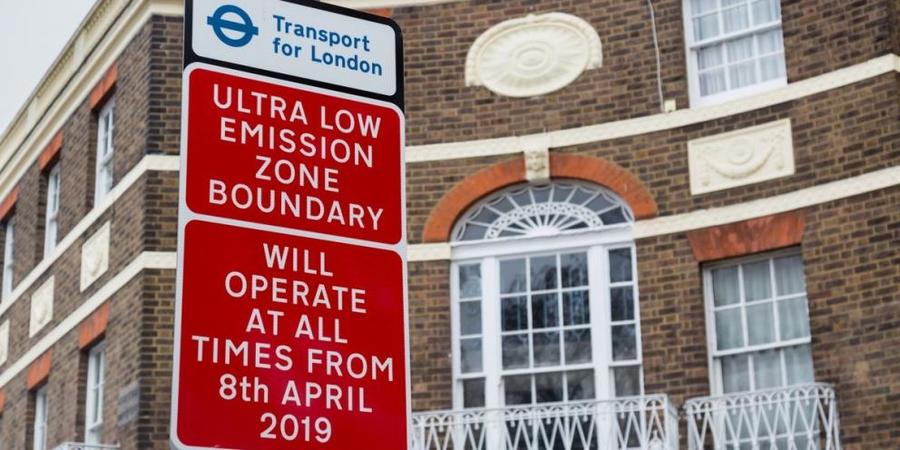
The cars set to vanish from London’s roads
The arrival of the ULEZ looks set to effectively banish many iconic models from the 1980s, 1990s and 2000s from London’s roads, unless their owners are prepared to pay for the privilege of driving them. For a lot of people, the costs will likely prove too prohibitive, which could force them to sell their cars. These are some of the ones we’ll miss the most:
Land Rover Defender
Every Defender, up to and including the heritage editions that came at the end of the off-road icon’s 67-year production run, is subject to the ULEZ charge. Unbeaten off road, available in a multitude of different configurations and a poster child of the British automotive industry, the Defender will be truly missed from London’s roads.
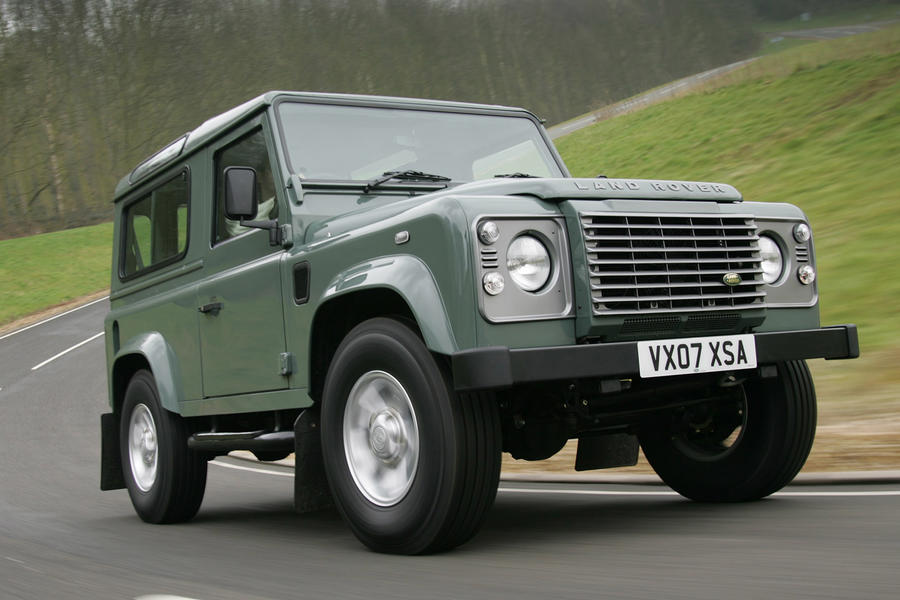
Porsche Boxster
As demand for Porsche sports cars of every kind continues to head into the stratosphere, the original Boxster remains one of the few affordable ways to get one in your garage. Maintenance can be expensive, however, so the additional costs associated with the ULEZ could force owners to park up their pride and joy instead of using it to commute.
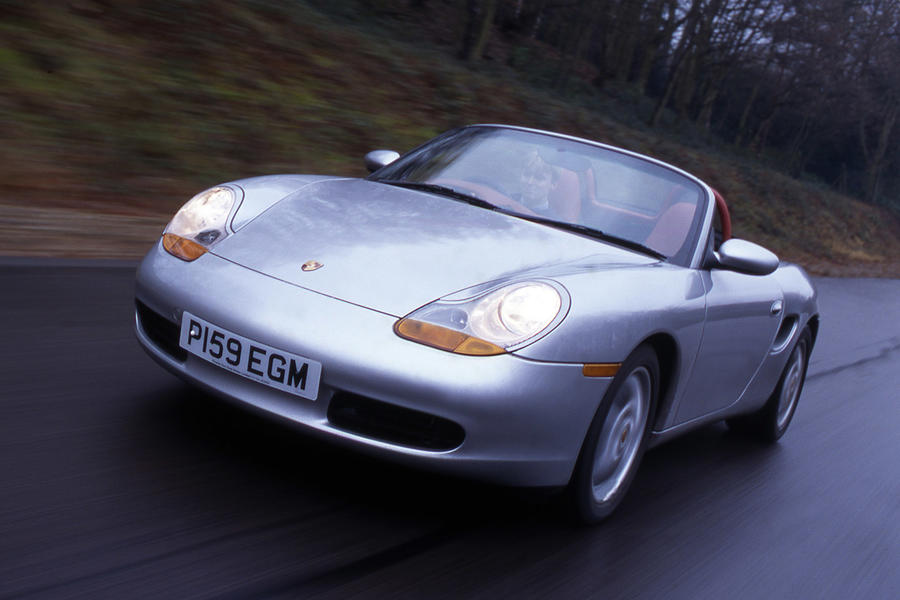
Mazda MX-5
Not only are the original NA and second-generation NB MX-5s some of the most rewarding two-seater sports cars of their time, they’re also some of the most affordable. Cared-for used examples can be found for just £2000, but commuters would be looking at spending more than the price of the car just to drive it through London for a year. You’ll have to wait another decade before the first examples of the first-generation MX-5 become eligible for official classic status and therefore exempt from the charge – if that rule still applies by then.
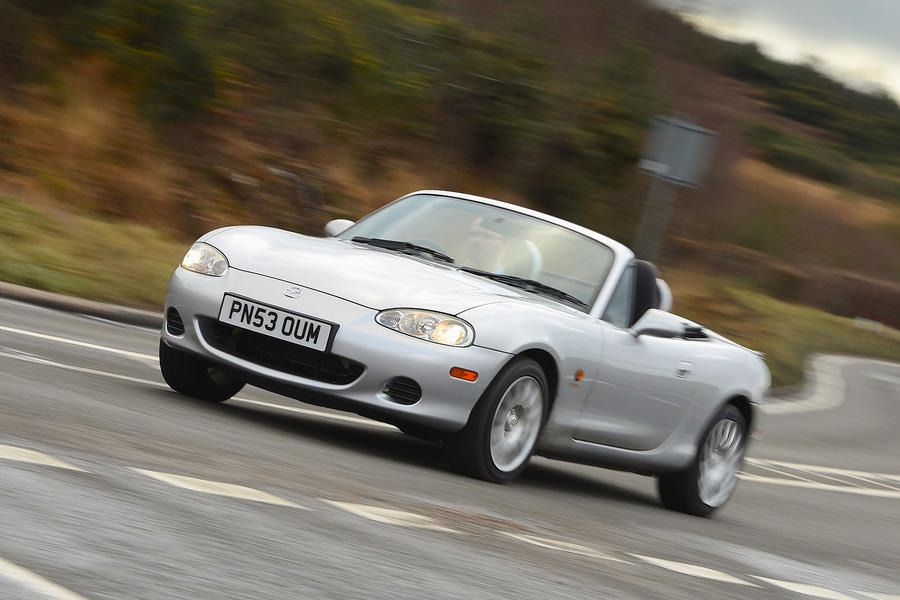
Volkswagen Golf GTI
The hot hatch that inspired countless others (even if it wasn’t really the first), the Golf GTI is now on its seventh generation. There are plenty of early models in the hands of enthusiasts, but unfortunately Mk1, Mk2 and Mk3 cars are now subject to the ULEZ charge. Expect to see far fewer of them around, although according to the TfL ULEZ checker, early R32 models don’t yet incur a charge for driving into the zone.
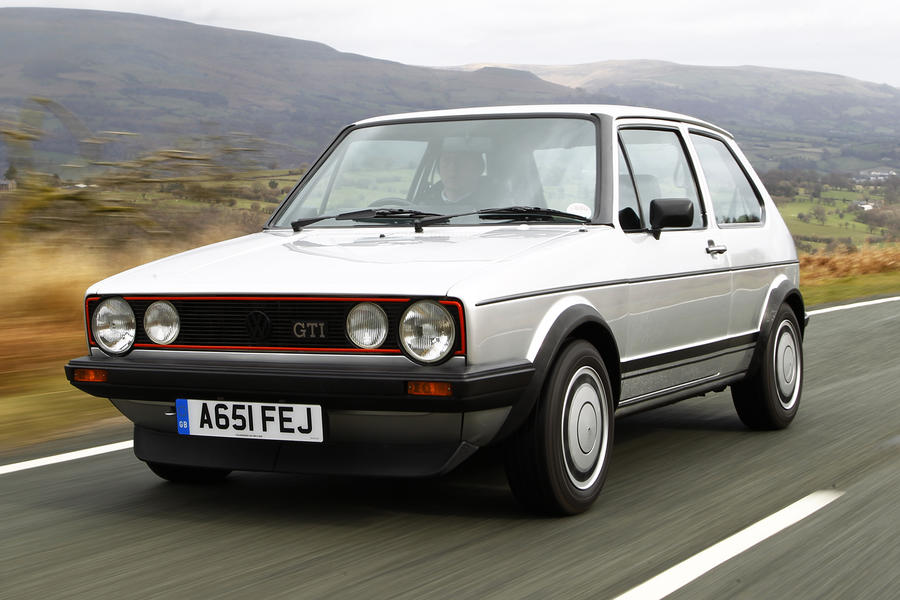
BMW M3
Even the earliest (some would say best) versions of BMW’s compact super-saloon now fall foul of the ULEZ regulations, although considering how much the E30 has jumped in value in recent years, with the E36 following quickly behind, the numbers seen on the roads were already quite minimal. On the plus side, M3s from the E46 onward (including the mighty CSL) are compliant, so fast old BMWs won’t disappear from London’s roads altogether just yet.
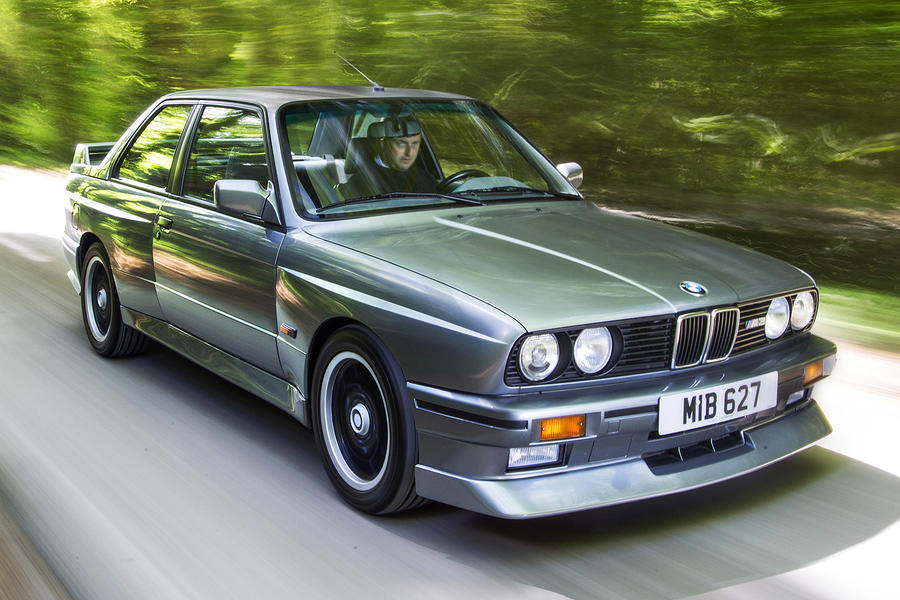
Mercedes-Benz S-Class
The W220-generation S-Class limousine skirts the boundary of ULEZ charging, with some petrol models still able to travel into London without paying a charge, including the AMG-fettled S55. However, a high percentage of these luxobarges were diesel-powered chauffeur cars. Anyone looking for a luxurious saloon to commute in will now need to think twice before buying one second-hand.
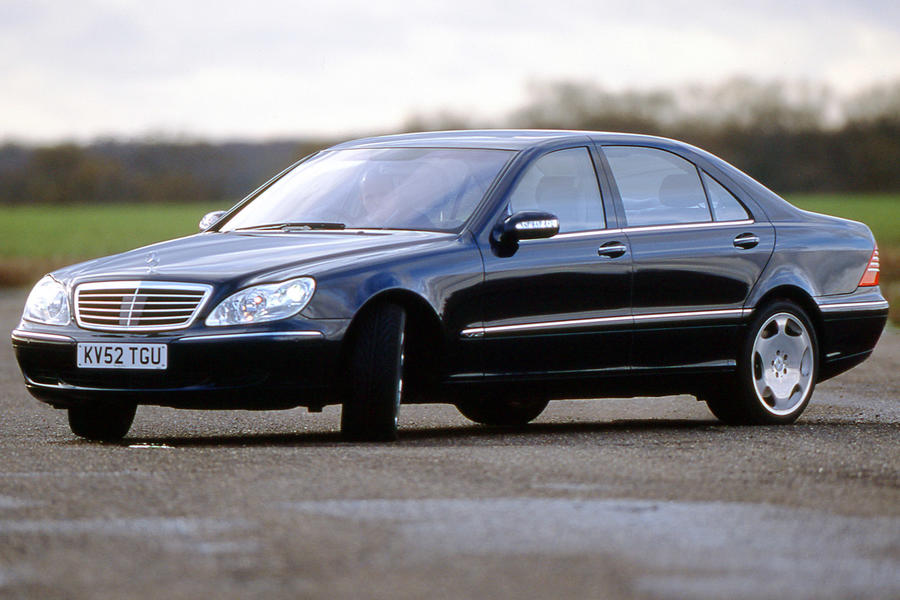
READ MORE
Company car tax: What you need to know
Why Autocar is committing to WLTP testing figures
Source: Autocar
